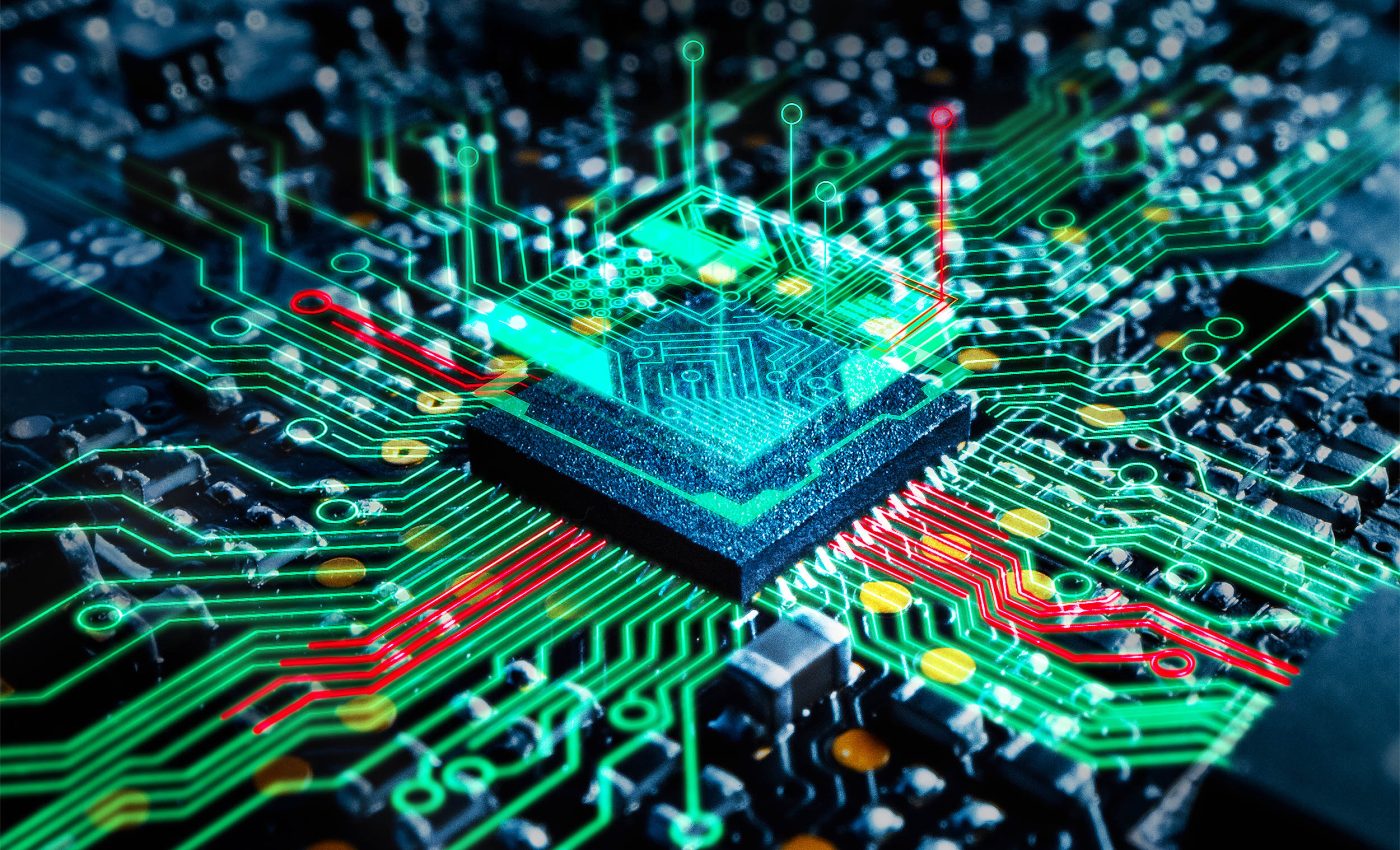
Quantum material discovery could make all electronics 1,000 times faster
Silicon has run almost every computer processor for six decades, but engineers recognize that shrinking silicon components is nearing its physical limits.
Experts are exploring quantum materials, which could offer entirely new ways to process and store information beyond the capabilities of silicon.
A new experiment shows that a single crystal of tantalum disulfide (TaS2) can toggle from an electrical insulator to a metal in picoseconds.
This could lead to the development of computers and electronics that run 1,000 times faster compared to today’s best chips.
How quantum switching works
Alberto de la Torre of Northeastern University and collaborators triggered the toggle through “thermal quenching.” This technique uses a swift heat pulse followed by an equally swift cooldown that forces the lattice across a sharp phase boundary.
The boundary lies within a family of quantum materials – solids where collective quantum rules govern electron motion instead of classical particle flow. These quantum effects let outside stimuli switch macroscopic properties almost instantly.
The team studied the layered compound 1T‑TaS₂, heating it above 580°F, then cooling it at roughly 120°F per second. Domains of a hidden metallic phase froze next to the usual insulating domains, creating an electronic switch confined to one crystal.
X‑ray maps confirmed that the metallic domains stay ordered up to 410°F for months – something previous laser‑driven attempts never achieved.
Measurements revealed that the metallic regions had electrons available to move around at the Fermi level, which is a key sign of electrical conductivity.
By comparison, nearby insulating areas still showed a gap where no electrons could move, which is typical of a Mott insulator. This confirmed that the differences between the regions were due to the material’s electronic structure – not random defects.
Quantum material for faster computers
Electrons in 1T‑TaS₂ self‑organize into a charge density wave, a periodic modulation of charge that usually locks the material into an insulating state.
A 2014 Science report demonstrated that a femtosecond laser pulse could disrupt that modulation and reveal a “hidden” metallic state, though only for microseconds at cryogenic temperatures.
De la Torre’s thermal route extends the lifetime by twelve orders of magnitude and lifts the operating temperature by more than 350°F, removing the liquid‑helium plumbing that once made the idea impractical.
Keeping both phases inside one crystal also eliminates the need for carefully matched interfaces, because the same atoms carry out either function depending on how they are cooled.
Researchers reviewing CDW physics in atomically thin dichalcogenides note that such intrinsic reconfigurability is valuable for next‑generation logic and memory.
Quantum leap in chip speed
“Processors work in gigahertz right now. The speed of change that this would enable would allow you to go to terahertz,” said de la Torre.
That boost comes from the fact that a lattice vibration can reverse the phase in femtoseconds, far faster than the tens of nanoseconds a silicon transistor needs to charge and discharge its gate capacitance.
“There’s nothing faster than light, and we’re using light to control material properties at essentially the fastest possible speed that’s allowed by physics,” said Gregory Fiete, professor of physics at Northeastern University.
Simulations of mixed photothermal stimuli show that steering the phase in 1T‑TaS₂ could support optoelectronic logic that responds in under two microseconds at 0.29 THz, already demonstrated in proof‑of‑concept circuits.
Even without optical assistance, electrical pulses as short as eight nanoseconds have induced the transition in thin‑film devices, suggesting that conventional wiring could still exploit the effect.
Key hurdles to faster computers
The thermal quench was performed on flakes tens of microns thick, so engineers must verify that the mixed quantum state persists when the material is thinned to a few nanometers – the scale needed for chip stacking.
Repeated cycling could also drive domain walls to creep, slowly degrading the contrast between metallic and insulating pockets; in‑operando cryogenic electron microscopy has already observed defect‑driven drift during voltage pulsing.
Another hurdle is Joule self‑heating, which might trigger unintended phase flips when current density rises. Modeling shows that careful substrate choice and pulse shaping can keep device temperatures below the critical threshold even at gigahertz repetition rates.
Finally, large-scale adoption will require a fabrication recipe compatible with back-end-of-line temperatures.
Researchers are exploring chemical vapor deposition routes that deposit stoichiometric TaS₂ below 840°F, comfortably inside standard process windows.
Faster computers that use less energy
Physicists are now mapping the free-energy landscape of competing phases in 1T‑TaS₂. They hope to tune the balance with strain, electrostatic gating, or chemical substitution – a strategy predicted to widen the stability window of the metallic domains.
Device architects envision stacking several dichalcogenide layers, each phase programmed independently. This approach could build three-dimensional arrays of ultrafast, non-volatile bits that couple directly to photonic waveguides, reducing data movement energy.
If those prototypes scale, logic blocks could reach a trillion cycles per second while drawing only a fraction of the power used by today’s computer processors.
Where quantum materials could lead
Ultrafast phase control in layered dichalcogenides feeds into the wider effort to program material properties with light, pressure, or electric field on demand, a trend chronicled in recent reviews of nanoscale light-matter engineering.
Such dynamic tuning could link the 1T‑TaS₂ switch to qubits, terahertz antennas, or neuromorphic synapses, letting one crystal act as memory, logic, and communication element without extra interconnect layers.
Researchers also believe that this mix of metallic and insulating regions will help test fundamental ideas in nonequilibrium physics.
If engineers can overcome the integration challenges, they could create heterogeneous stacks that deliver server-class performance in handheld modules, using far less power and enabling faster, more efficient computers.
The study is published in the journal Nature Physics.
—–
Like what you read? Subscribe to our newsletter for engaging articles, exclusive content, and the latest updates.
Check us out on EarthSnap, a free app brought to you by Eric Ralls and Earth.com.
—–













